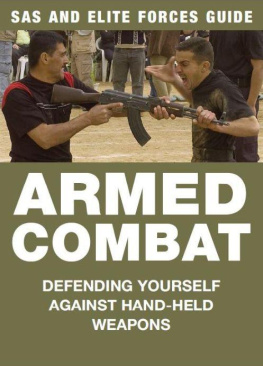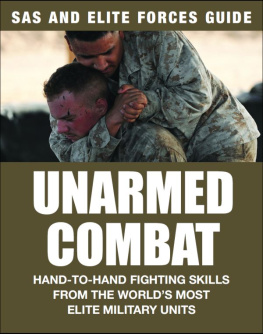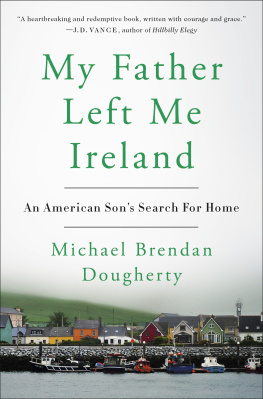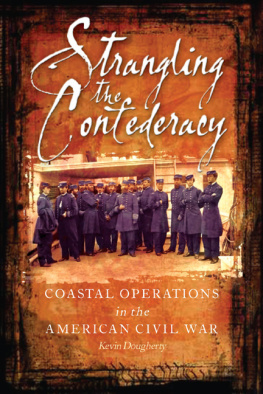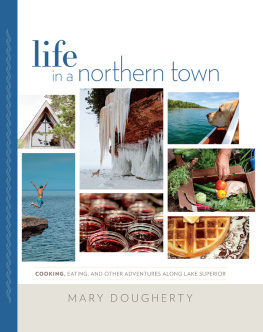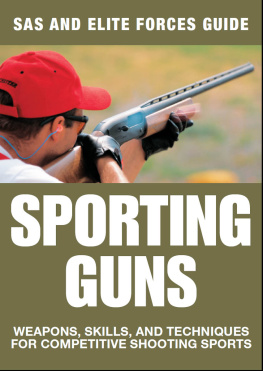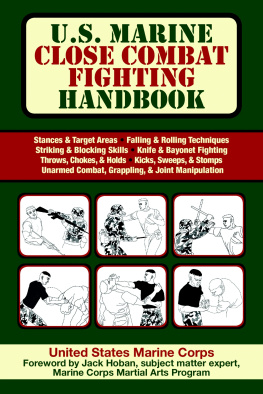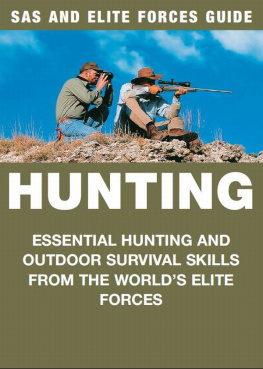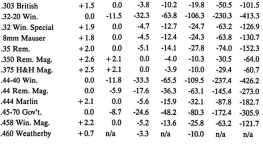SAS AND ELITE FORCES GUIDE
ARMED
COMBAT
DEFENDING YOURSELF AGAINST HAND-HELD WEAPONS
MARTIN J. DOUGHERTY

This digital edition first published in 2013
Published by
Amber Books Ltd
7477 White Lion Street
London N1 9PF
United Kingdom
Website: www.amberbooks.co.uk
Appstore: itunes.com/apps/amberbooksltd
Facebook: www.facebook.com/amberbooks
Twitter:
Copyright 2013 Amber Books Ltd
ISBN: 978-1-909160-72-9
PICTURE CREDITS
Illustrations: Tony Randell ( Amber Books Ltd)
Photos courtesy U.S. Library of Congress.
All rights reserved. With the exception of quoting brief passages for the purpose of review no part of this publication may be reproduced without prior written permission from the publisher. The information in this book is true and complete to the best of our knowledge. All recommendations are made without any guarantee on the part of the author or publisher, who also disclaim any liability incurred in connection with the use of this data or specific details.
DISCLAIMER
This book is for information purposes only. Readers should be aware of the legal position in their country of residence before practicing any of the techniques described in this book. Neither the author or the publisher can accept responsibility for any loss, injury, or damage caused as a result of the use of the combat techniques described in this book, nor for any prosecutions or proceedings brought or instigated against any person or body that may result from using these techniques.

www.amberbooks.co.uk

Website: www.amberbooks.co.uk
Appstore: itunes.com/apps/amberbooksltd
Facebook: www.facebook.com/amberbooks/
Twitter:
INTRODUCTION
W e often hear that something is a dangerous weapon but in truth that phrase is meaningless. A weapon is a weapon and nothing more. It can be used for good or ill, or not at all, but it needs a guiding intellect. In the hands of a pacifist, the most lethal implement is harmless. In the hands of a psychopath, a fairly innocuous object can kill. In the hands of a friend, a weapon is a source of reassurance. Similarly, anyone can kill with their bare hands or an improvised weapon if they try hard enough. It is us that make weapons dangerous, not the other way around.
Armed and Dangerous
This soldier is armed with a fully automatic carbine. As a backup he has a handgun and a knife, and probably a grenade or two as well. These are simply tools; what makes him dangerous or not is his willingness to use them and the choices he makes about when and how.

Humans today occupy a position right at the top of the food chain, but it was not always so. The natural weapons available to humans are fairly puny, and we are neither spectacularly fast nor powerful. True, human beings are agile, but this is more useful as a defensive trait, allowing us to escape predators by climbing into places that they cannot go. As a species we are best suited to hunting small game and gathering fruit and vegetables. As such, we rightfully occupy a place in the middle of the food chain, prey for some creatures and preying on others.
What changed that status was tool use. As well as being agile, humans are clever, and our species learned to improvise and later craft tools to assist in survival. Of those tools, arguably the most important were those falling into the subset we call weapons tools intended to cause harm to other living things.
Armed with spear, club and crude hatchet, a lone primitive human was a match for creatures that otherwise would kill and eat him. With a bow, and as part of a similarly armed party, our primitive ancestor elevated himself to the status of apex predator, capable of bringing down the largest of land creatures. Firearms simply tipped the odds further in our favour.
Improvised Weapons
Almost any object can be pressed into service as a weapon, but stabbing and puncturing implements are perhaps the easiest to use of all.

Thus it is today that armed humans are the most dangerous creatures inhabiting planet Earth, and this creates a situation where the most serious threat is not a sabre-tooth tiger or wolf pack, but another human.
The weapons that made us masters of our world also make us a threat to one another. Fortunately, the same tools can be used to defend and protect as to attack and destroy. Weapons are tools, and, like all tools, how they are used very much depends on the user.
Types of Weapon
There are essentially three types of hand weapon, sometimes categorized as Pointed, Sharp, Blunt or PSB. Each has its own unique characteristics, influencing how it is used or defended against.
Sharp Weapons
Sharp or bladed weapons come in two general types: those that have enough mass to hack deep into flesh; and those with lighter or smaller blades, which need to move along the surface in order to cut.

Pointed weapons include all stabbing implements such as the tip of a knife or sword, a screwdriver or anything that can be driven into a target. Pointed weapons are potentially the most lethal of all hand weapons as they cause deep wounds that can reach vital organs or cause massive internal bleeding. Pointed weapons can be pushed into the target with little effort and do not need a big swing to be effective. Conversely, they are only dangerous along a straight line from the tip. Anything off this line is not in danger until the weapon is redirected.
Sharp weapons have a cutting edge, and must move in contact with the target in order to be effective. Such weapons include knives and swords, as well as improvised sharp-edged weapons such as broken bottles. A sharp weapon that is held immobile cannot cut, but conversely a slashing action can make contact with flesh at any point and cause injury; it is easier to deflect a stab than a cut.
Blunt instruments rely on impact to cause injury, using a combination of the weight and the force with which they are swung. A blunt weapon can be used to cause pain or force compliance by grinding it against a sensitive area of the body, such as a baton used to apply a restraint hold, but for the most part blunt weapons are swung (or sometimes thrust) to impact the target area, causing tissue trauma and breaking bones. An immobile blunt weapon, or one that there is little room to swing, is not a serious threat.
Blunt Instruments
Blunt instruments are easy to obtain. The most dangerous of them concentrate force at the striking point by their shape. This is what makes a hammer capable of inflicting serious wounds.

Telescopic Baton
Spring batons consist of sprung-steel sections contained within a metal handle. A flick of the wrist extends the baton, and it can be used to deliver stunning blows to joints or the side of the head.
Next page
